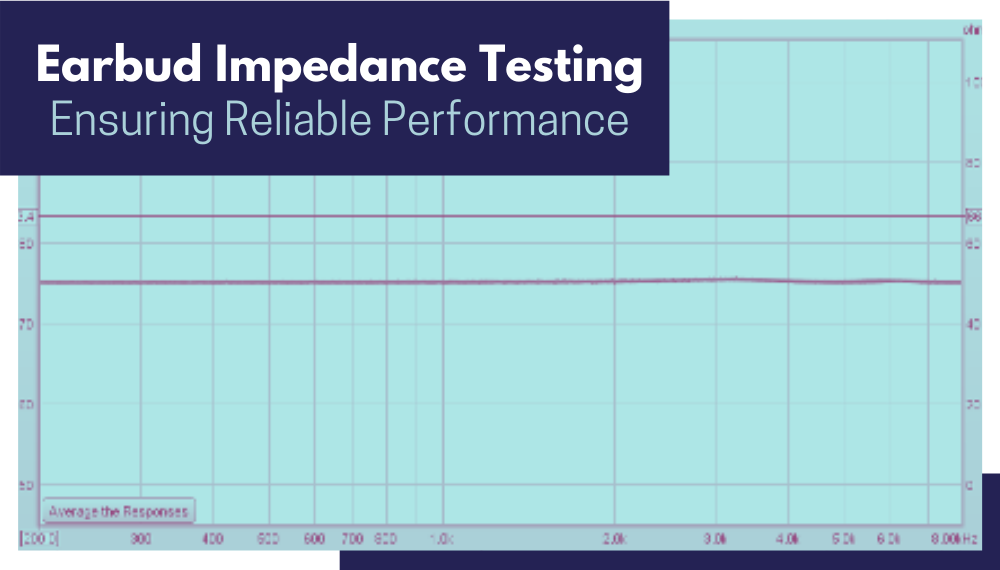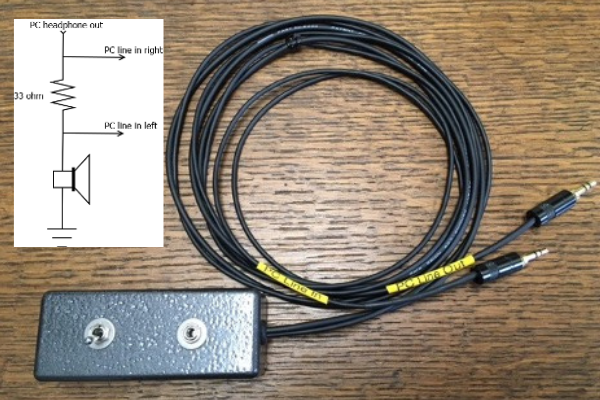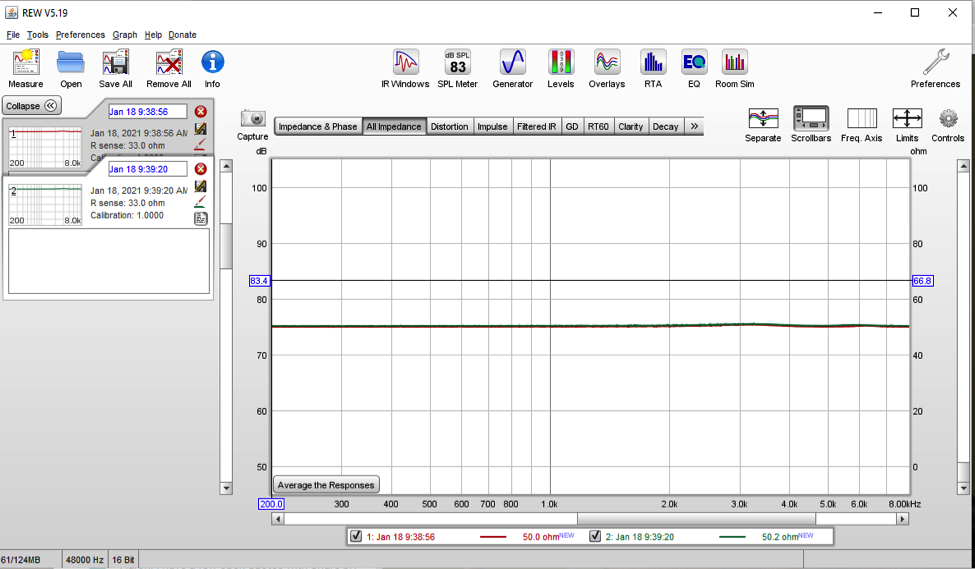
By Scott Helmke
At TC Furlong Inc., we take pride not only in the size and scope of our rental inventory, but in the quality and reliable performance of the gear we offer. This means that every piece of gear we send out on a rental gets tested before it leaves the shop, and again when it returns, to ensure that our customers are getting gear they can always count on. In this article, TC Furlong engineer Scott Helmke lays out our process for testing IEM earbuds in a way that is more objective and reliable than a listening test, and doesn’t require the additional sanitization steps that a listening test would.
Several years ago we realized that we needed some way of testing IEM earbuds that had been used as part of rental systems. The most obvious method, actually listening to the earbuds directly, had issues with sanitization and also with having a truly reliable test.
The next test method was to use a TOA speaker impedance tester through an adapter box. This test is still used with single-driver earbuds, as it is quick and simple to do as well as providing a good test. However, the impedance meter test is not useful for testing earbuds that have multiple drivers as the meter only works at one specific frequency. Since the multiple drivers in an earbud are usually used to cover different frequency ranges, an impedance test would need to work at several different frequencies to be effective.
For a while we went back to a version of the listening test, which was to use a measurement microphone and a small acoustic coupler (literally a block of wood) to feed the earbud sound into a test microphone. The person doing the testing would listen to the microphone through a pair of headphones, which made the listening test much easier and with no need for extra sanitization. However, it was still not a very accurate test.
Finally, we devised a system for directly measuring the impedance curve of an earbud driver across the whole frequency range, using Rational Acoustics’ SMAART software and a dedicated test box. This is not the same as measuring frequency response, of course, but it doesn’t require any special acoustic coupler or test mic – literally just some connectors, a resistor, and a switch. The test circuit sends pink noise from SMAART through a small resistor and then into the earbud under test. The inputs to a SMAART transfer function (a display which measures the difference between two signals across a frequency range) are the direct pink noise as reference signal, and the pink noise from where it leaves the resistor and enters the earbud as the test signal.
The theory of what is happening is perhaps a little beyond this blog article, but the result is a crude impedance curve of the earbud under test. This test does not show the true impedance curve, but it does give a repeatable test. An earbud with damaged driver(s) will show a different impedance curve than a good earbud of the same model, and so it is possible to measure a known-good earbud and use that as a reference for testing others of the same make and model. And small differences can be seen in the test – simply covering the earbud’s end with a finger will visibly change the displayed trace.
Finally, to make the test easier and cheaper to set up on multiple workstations, we started using a free application called Room EQ Wizard. This software, which is popular with amateur loudspeaker builders, includes an impedance test mode. The setup is very simple, the test signal is sent through a small sense resistor and then the earbud under test, and the signal voltage is measured at each side of the sense resistor. From those two voltages an impedance curve can be calculated and displayed. A small box with an ⅛” earbud jack and a switch to choose left or right earbud makes the test very easy to perform, and a PC with a stereo headphone output and a stereo line input jack is all the computer hardware needed.

As an example, below is a display of two traces (left and right on the same pair of Sennheiser IE4 earbuds). You can see slight differences, but the traces are closely matched. Reference traces can be saved as a file for later tests. Different brands and models of earbuds will have different traces than these.

Whether it’s a pair of earbuds, a full PA system, or anything in between, you can have confidence that every piece of gear you rent from us has been thoroughly tested to meet our standards. We won’t send anything out on a rental if we wouldn’t be confident using it on our highest-profile gigs. We also have strict sanitization procedures for all of our gear, to ensure the safety of everyone who uses it.
If you’d like more information about our earbud testing rig, or anything related to our in-shop gear testing and troubleshooting procedures, reach out to Scott at shelmke@tcfurlong.com.
If you’re interested in renting an IEM system, or anything else from our extensive rental inventory, get in touch with one of our Project Managers at rentals@tcfurlong.com or by calling us at 847-367-9588.